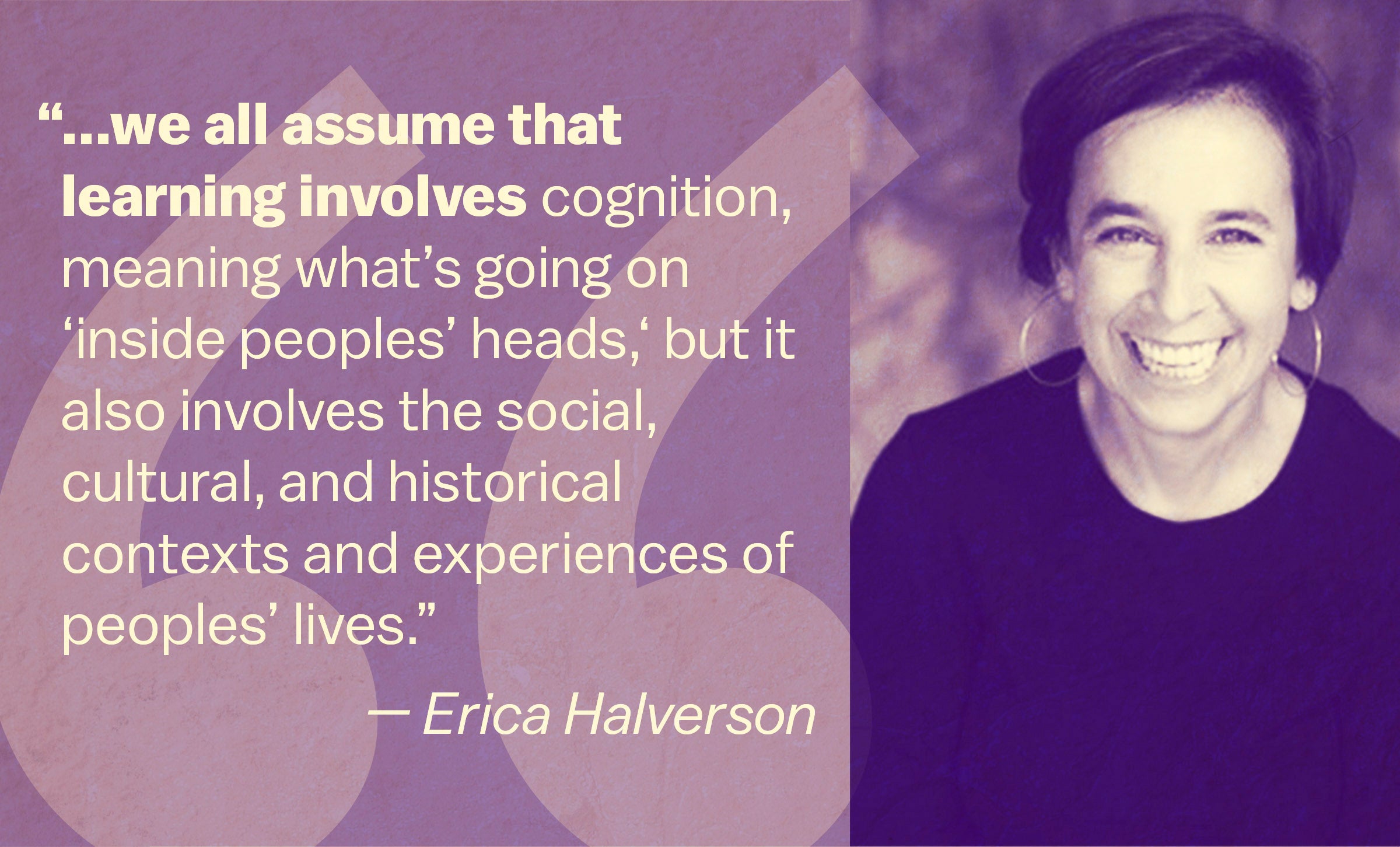There’s no getting around it: designing a high-quality youth arts program takes time, work, and resources. However, costs don’t have to stand in the way of success. There are strategies for making quality choices while sustaining programming in budget, according to the third report produced from Wallace’s Youth Arts Initiative.
The initiative, which began in 2014, supported a selection of Boys & Girls Clubs of America in developing a sustainable and scalable model of arts programming in multipurpose, out-of-school-time organizations. Three reports resulted from the initiative.
Results from the first two reports found that six clubhouses in the Midwest built a successful framework for afterschool youth arts programming based around 10 key principles. This framework consists of five core youth development design principles along with five specific to the arts. What’s more, students found value in the programs.
The truth is, however, that not every organization has the equal ability to implement all 10 of these principles. Thankfully, as the third report in the series shows, even just focusing on three can help.
The report is based on data from 25 clubhouses in five different cities. While all five initially modeled their youth arts programming off the 10 original principles, the onset of the COVID-19 pandemic forced a rapid reevaluation.
While clubs maintained their commitment to the five youth development principles, they found that three of the five arts-focused principles were both feasible and important to successful arts programs, especially for organizations with tight budgets:
- Employ professional teaching artists
- Provide current, high-quality equipment
- Create dedicated art spaces that welcome and inspire
The report also offered ideas for keeping costs in check while employing these principles. To mention a few:
- Teaching artists: Organizations could employ early career teaching artists as well as longtime professionals.
- Equipment: Organizations could seek donations of new equipment and materials after engaging industry partners in the relevant art form.
- Dedicated spaces: Organizations could form partnerships to use the spaces at community arts organizations or other institutions.
Despite their setbacks, all five of the clubs were able to keep their afterschool programs up and running during the pandemic—both online and in person.
The bottom line: high-quality arts programs do take money to run, and costs don’t have to be a dealbreaker.




